Intent
In line with the 2014 National Curriculum for Computing, our aim is to provide a high-quality computing education which equips children to use computational thinking and creativity to understand and change the world. The curriculum will teach children key knowledge about how computer systems work in a safe and responsible manner. Children will have the opportunity to gain an understanding of computer systems of all kinds, whether or not they include computers. Children will become digitally literate and able to use and express themselves and develop their ideas through information and communication technology—at a level suitable for the future workplace and as active participants in a vast growing digital world.
Implementation
We have chosen to implement computing through the ‘Teach Computing’ scheme. This programme of work gives all teaching staff the confidence and the knowledge to best embed and cover every element of the computing curriculum. The knowledge/skills statements build year on year to deepen and challenge our learners. Children will have access to the hardware (computers, tablets, programmable equipment) and software that they need to develop knowledge and skills of digital systems and their applications E-safety is implemented through ‘Teach Computing’, Jigsaw (PSHE scheme) and other programmes such as Evolve. Children will have the opportunity to explore and respond to key issues such as digital communication, cyber-bullying, online safety, security, plagiarism and social media.
Impact
Our approach to the curriculum results in a fun, engaging and high-quality computing education. The quality of children’s learning is evident in their confident and competency to navigate digital technology and through discussions and evaluation of their own work, as well as their peers. Evidence such as this is used to feed into teachers’ future planning, and it enables teachers to revisit misconceptions and knowledge gaps in computing in future teaching. This supports varied paces of learning and ensures all pupils make good progress. Much of the subject-specific knowledge developed in our computing lessons equip pupils with experiences which will benefit them in secondary school, further education and future workplaces. From research methods, use of presentations and revisiting strands repeatedly through a range of themes during children’s time in primary school will ensure the learning is embedded and skills are successfully developed. Computing at Huncote Primary gives children the building blocks that enable them to pursue a wide range of interests and vocations in the next stage of their lives and ensure they are competent and safe users of ICT.
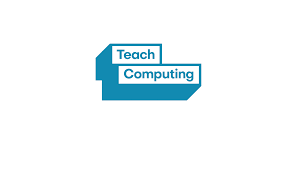
Teach Computing
Please click on the link on the right to see how the Teach Computing Scheme links to the National Curriculum for Computing.
| Title | Size | Download |
|---|---|---|
| online-safety-policy-Sept-2022 | 3.88 MB | DownloadPreview |
| Units Covered_ Education for a connected world document breakdown | 1.99 MB | DownloadPreview |
| Teach computing links to NC | 1.68 MB | DownloadPreview |
Education for a Connected World framework – 2020 edition – click here for the government document.
The Education for a Connected World framework describes the Digital knowledge and skills that children and young people should have the opportunity to develop at different ages and stages of their lives. It highlights what a child should know in terms of current online technology, its influence on behaviour and development, and what skills they need to be able to navigate it.
The document supports one of the key aims of the government’s Internet Safety Strategy of supporting children to stay safe and make a positive contribution online, as well enabling teachers to develop effective strategies for understanding and handling online risks. How we cover the areas at Huncote is on the document on the right.
Computing Progression
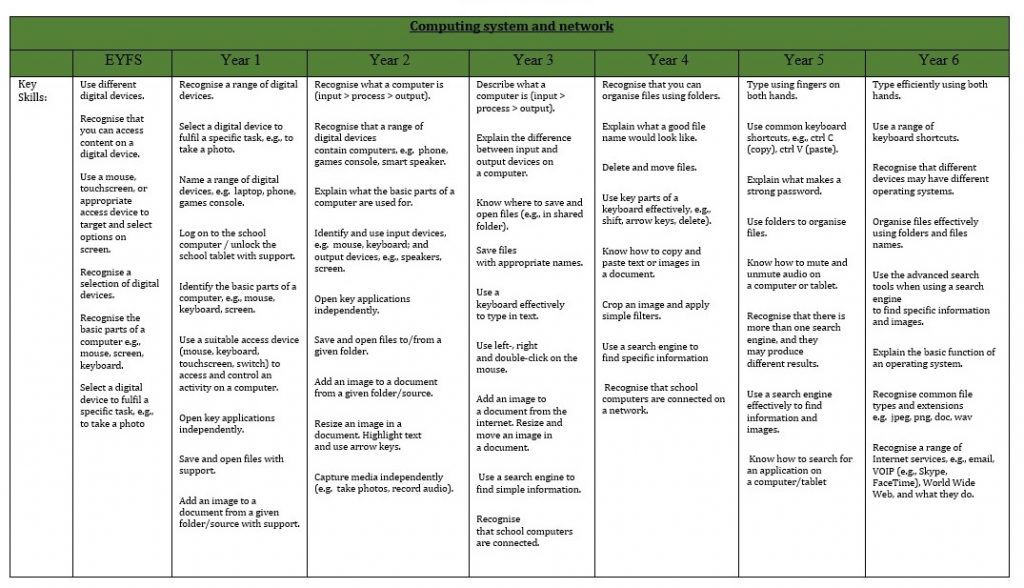
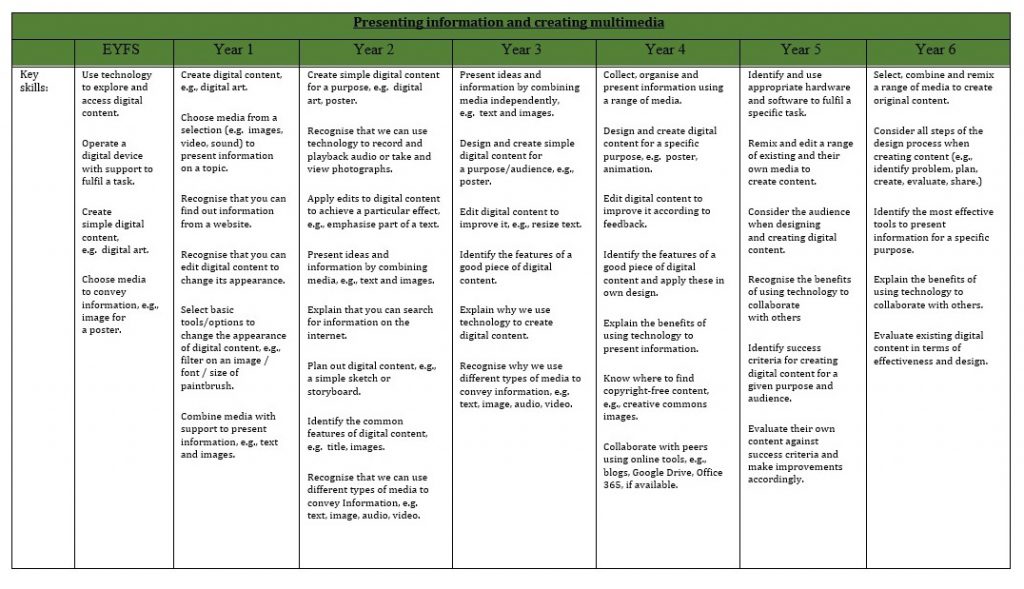
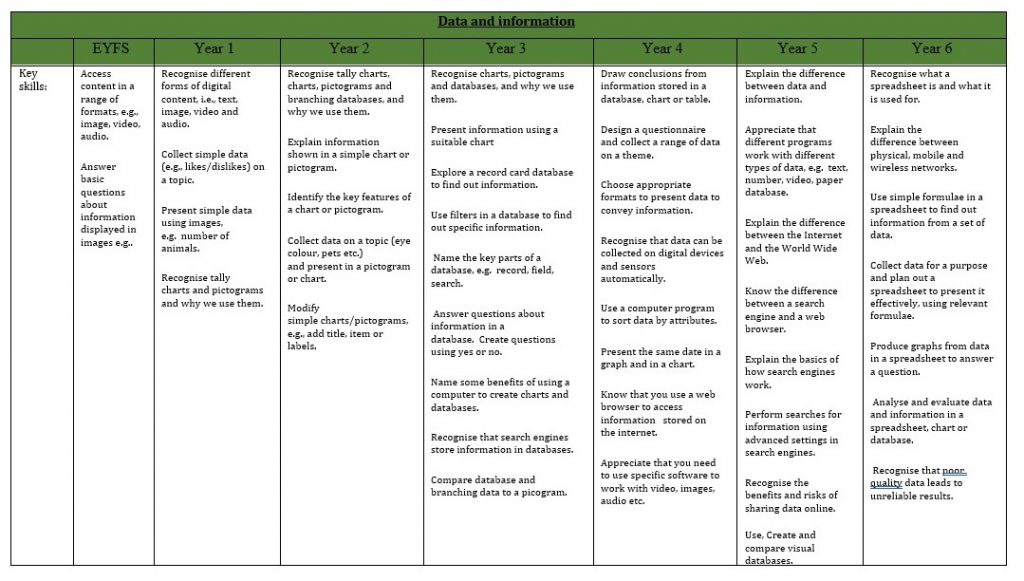
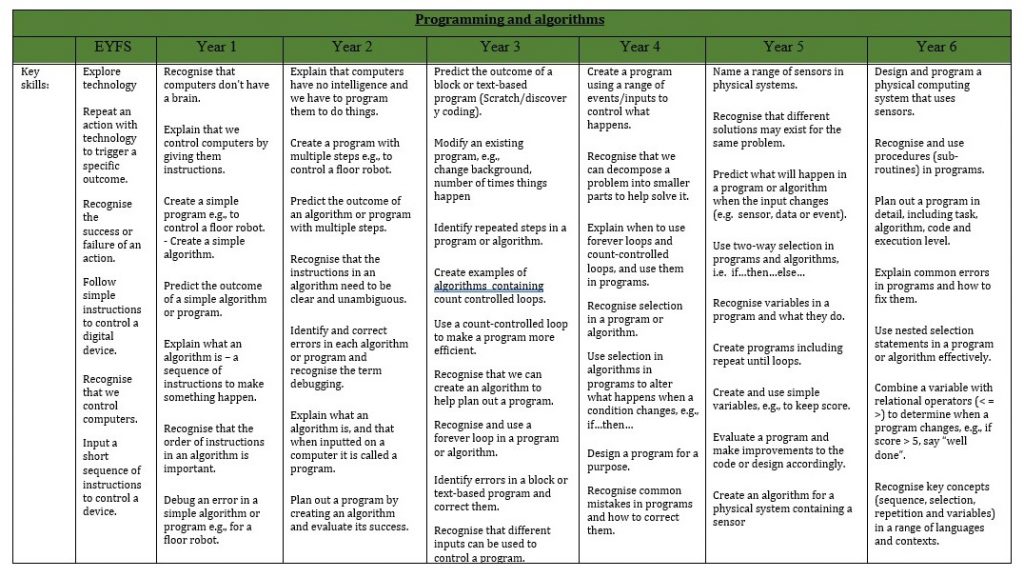
Computing Vocabulary Progression
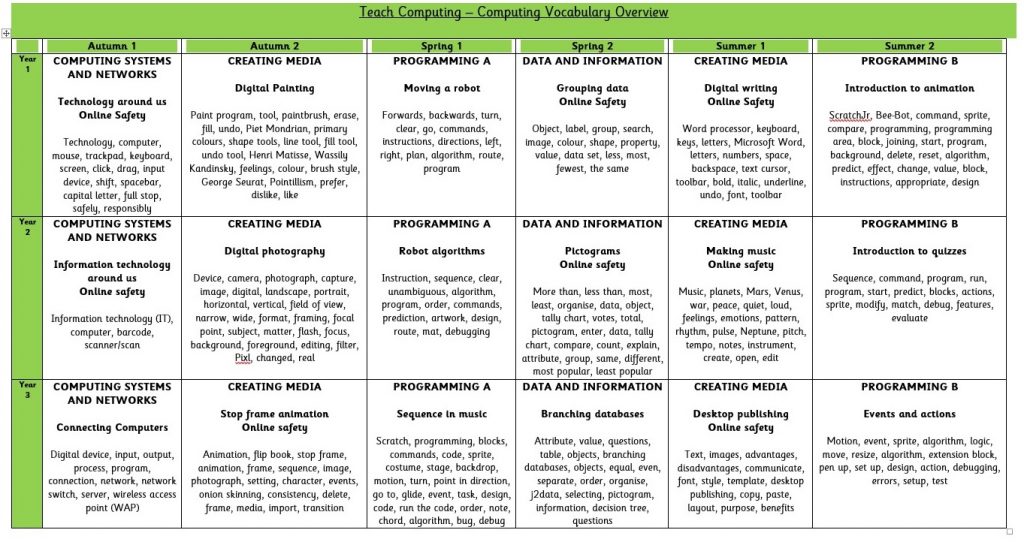
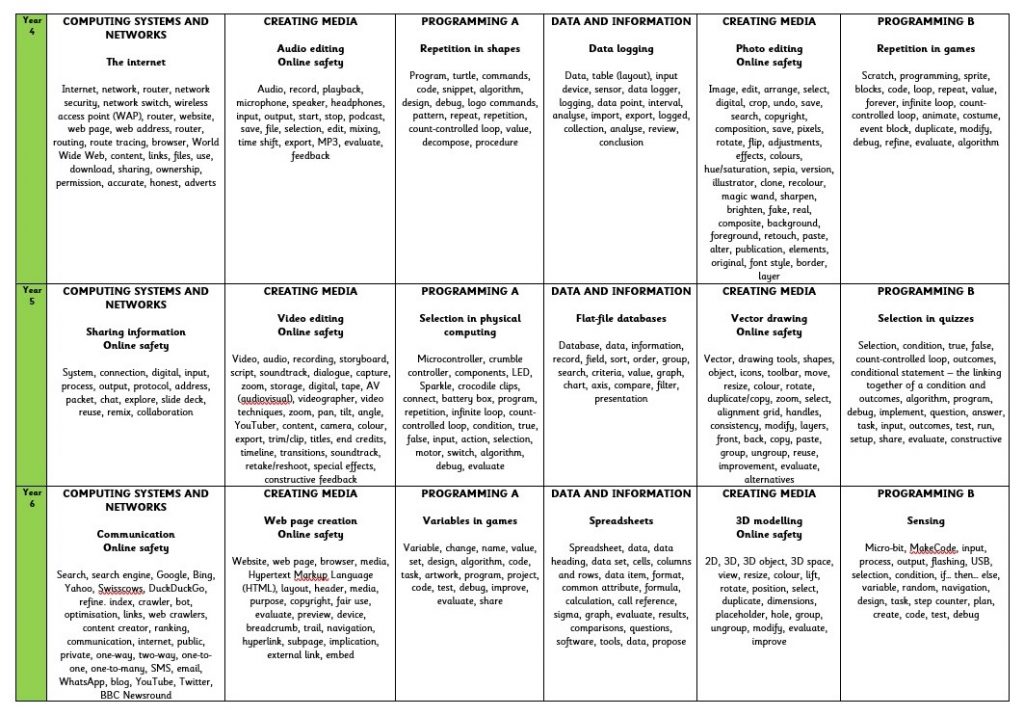
Assessment
Assessment in Computing is ongoing and based on individual lessons and units. A feedback sheet is completed at the end of a lesson or unit and these are used to assess progress against the National Curriculum objectives.